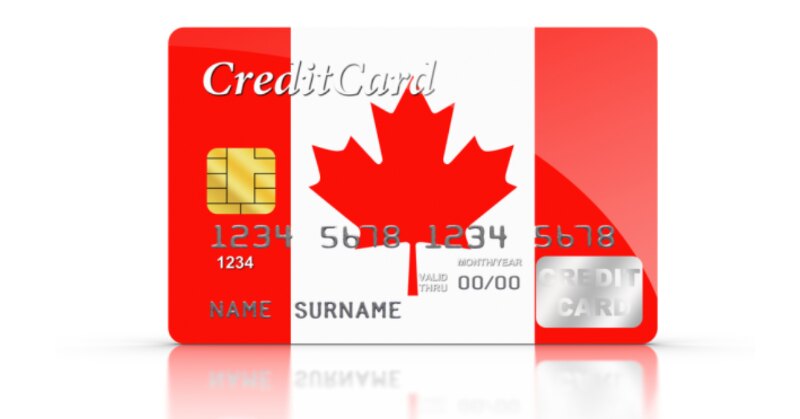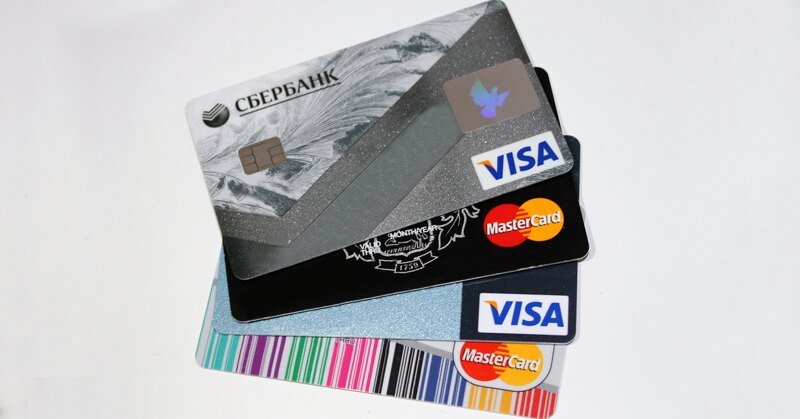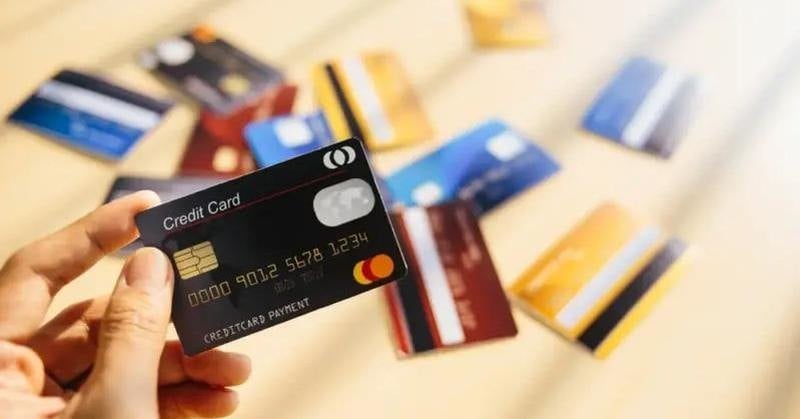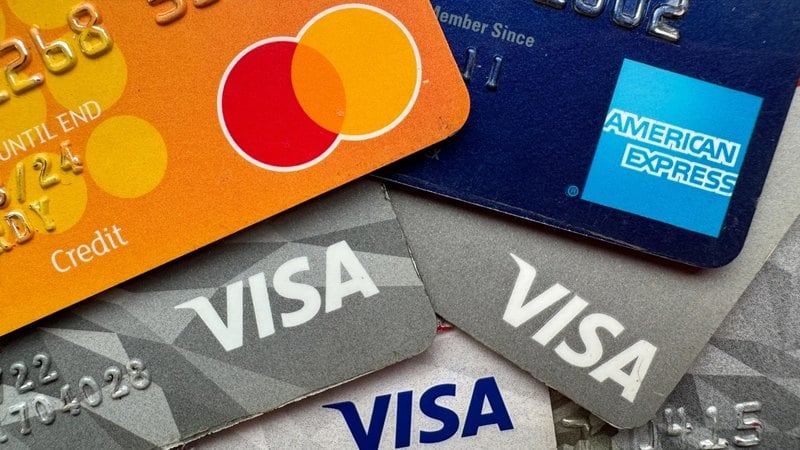0% interest credit cards offer more than short-term savings—they're powerful tools for managing debt, financing large purchases, and improving credit. This guide walks you through the smart ways to use these offers effectively, without falling into costly traps.

What Are 0% Interest Credit Cards—and How Do They Work?
A 0% interest credit card—also known as a 0% introductory APR card—temporarily waives interest on purchases, balance transfers, or both for a set promotional period, usually between 6 to 21 months.
Types of 0% Offers:
0% Intro APR on Purchases: No interest on new spending during the promo window.
0% Intro APR on Balance Transfers: Interest-free transfers from other cards, often with a 3–5% fee.
Note: After the intro period, a regular APR (15%–29%) applies.
Some cards offer both types, making them especially useful for debt consolidation or large planned expenses.
When to Use a 0% Interest Credit Card Strategically
Timing is everything. Used well, 0% credit cards can unlock real financial flexibility.
Top Use Cases:
Big Purchases
Furniture, electronics, dental work—pay it off over time, interest-free.Balance Transfers
Combine debts into one 0% card and focus on principal repayment.Short-Term Spending Needs
Expecting a bonus or tax refund soon? Use the card now, pay later—without interest.Improving Credit
Responsible use can strengthen your credit utilization and payment history.
Consolidating Debt with 0% Transfer Cards
If you’re managing multiple cards with high interest rates, a 0% balance transfer card can simplify repayment and lower costs.
How to Use It:
Choose a card with 15+ months of 0% APR.
Factor in the transfer fee (typically 3–5%).
Make sure the new card's limit covers your existing balances.
Set a clear repayment schedule to eliminate the balance before interest kicks in.
Table 1: 0% Interest Cards vs. Regular Credit Cards
| Feature | 0% Interest Cards | Regular Credit Cards |
|---|---|---|
| Intro APR (Purchases) | 0% for 6–21 months | Typically 15%–27% |
| Balance Transfer APR | 0% during promo | Often 20%+ |
| Balance Transfer Fee | 3–5% (sometimes $0) | N/A |
| Annual Fee | Usually $0 | $0–$500+ |
| Best Use Case | Debt payoff, large purchases | Rewards, everyday spending |
Qualifying and Applying: What You Need to Know
Most 0% interest cards target applicants with good to excellent credit (FICO 670+). However, approval depends on more than just score.
Improve Approval Chances:
Keep credit utilization under 30%
Avoid multiple recent credit applications
Maintain stable income and payment history
Use pre-qualification tools when available (no credit score impact)
Application Tips:
Don’t apply for multiple cards at once
Read the terms—some cards offer 0% only on purchases, not transfers
Be cautious of deferred interest cards (especially with retailers)
Best Practices to Maximize 0% Intro Offers
To get the most from a 0% APR offer, use it with purpose and discipline.
Smart Habits:
Create a payoff plan: Total amount ÷ promo months = monthly target
Set up autopay to avoid missed payments
Don’t rely on minimum payments—they often stretch past the promo period
Avoid using the card for additional spending
Mark the promo end date to avoid surprise interest charges
Table 2: Sample Top 0% Credit Cards in 2025
| Card Name | 0% APR Duration | Annual Fee | Highlights |
|---|---|---|---|
| BankPlus Freedom | 21 months | $0 | Longest intro APR for transfers |
| ZeroEdge Everyday | 18 months | $0 | Ideal for large purchases |
| FlexPay Transfer Elite | 15 months | $95 | Premium perks + robust travel benefits |
Note: These cards are examples. Real offers may vary by issuer, credit score, and location.
Pitfalls to Avoid with 0% Interest Cards
Even with a 0% offer, mistakes can be costly.
Common Errors:
Missing a payment—often voids the promo offer
Failing to repay in time—leads to high post-promo APR
Ignoring transfer fees, which may offset savings
Overspending, thinking it's ''free money''
Remember: these cards are financial tools, not spending licenses.
Should You Keep or Cancel the Card After the 0% Period?
Once the intro period ends, decide whether to retain or close the card.
Questions to Consider:
Does it offer ongoing perks (cashback, rewards)?
Is there an annual fee that’s worth keeping?
Will closing the card hurt your credit (e.g., older credit line, utilization)?
Many users choose to keep the card open (especially if fee-free) and use it occasionally to maintain their credit health.
Frequently Asked Questions (FAQ)
Q: What credit score do I need for a 0% interest card?
Most require 670+, but strong income and limited credit history can help borderline cases.
Q: Can I have more than one 0% card?
Yes, though it’s best to space out applications and track usage closely.
Q: Do these cards hurt my credit score?
They can cause a temporary dip due to inquiries, but responsible use may improve your score long-term.
Q: Is it worth paying a balance transfer fee?
Often, yes—especially if your existing debt is at 18–25% interest.
Q: What happens if I don’t pay off the full balance in time?
You’ll begin paying the standard APR on the remaining balance—usually 15%–29%.
Conclusion: Use 0% Interest Cards Wisely—Not Just Freely
Zero-interest credit cards offer a valuable window of time—months without interest. Used correctly, they can help you pay down debt faster, finance large purchases smartly, and boost your credit.
But they’re not without risk. A missed payment or unchecked spending can quickly turn an opportunity into a setback. Approach these offers strategically, with a plan, and you’ll unlock the true value of 0% credit.




